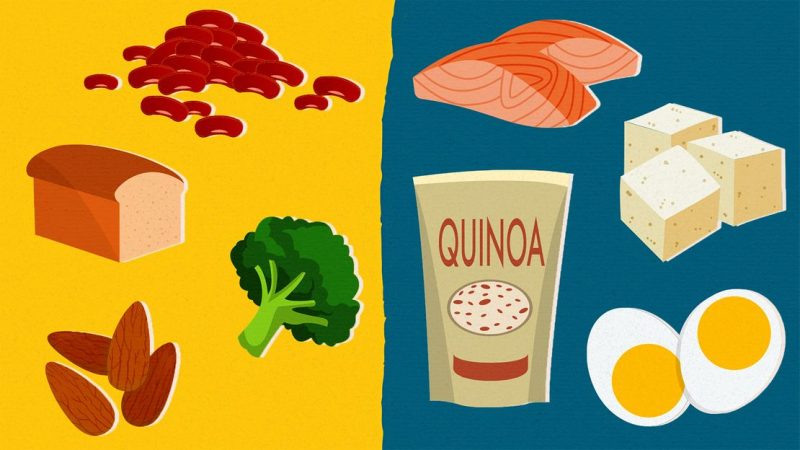
(K. Aleisha Fetters/ Everyday Health) — Protein is protein, right? Well, what if that protein is complete — or incomplete?
To understand the difference between complete and incomplete proteins, you first need to get to know amino acids. These are the molecular building blocks that combine to form every gram of protein you eat. When you eat protein-rich foods, your body breaks those proteins back down into amino acids, explains Marie Spano, RD, CSCS, the Atlanta-based lead author of Nutrition for Sport, Exercise, and Health. Your body then uses those amino acids to build muscle, repair tissues, support metabolism, and help along other processes in the body.
Of the roughly 20 amino acids, 9 are essential, meaning the body can’t make them. They include histidine, isoleucine, leucine, lysine, methionine, phenylalanine, threonine, tryptophan, and valine, according to the National Institutes of Health (NIH).
The only way to get these amino acids is through food. Foods that contain all of them, and in amounts similar to those required by the body, are called complete proteins or complete protein sources, Spano explains. Meanwhile, those that do not contain enough of one or more essential amino acids is incomplete.
According to Harvard Health Publishing, all animal-based foods, including meat, dairy, and eggs, contain complete protein. The majority of plant-based protein sources, such as whole grains, legumes, seeds and nuts, spinach, broccoli, and mushrooms, are incomplete. However, some plant-based foods, such as soy, quinoa, buckwheat, and algae, are complete. (…)